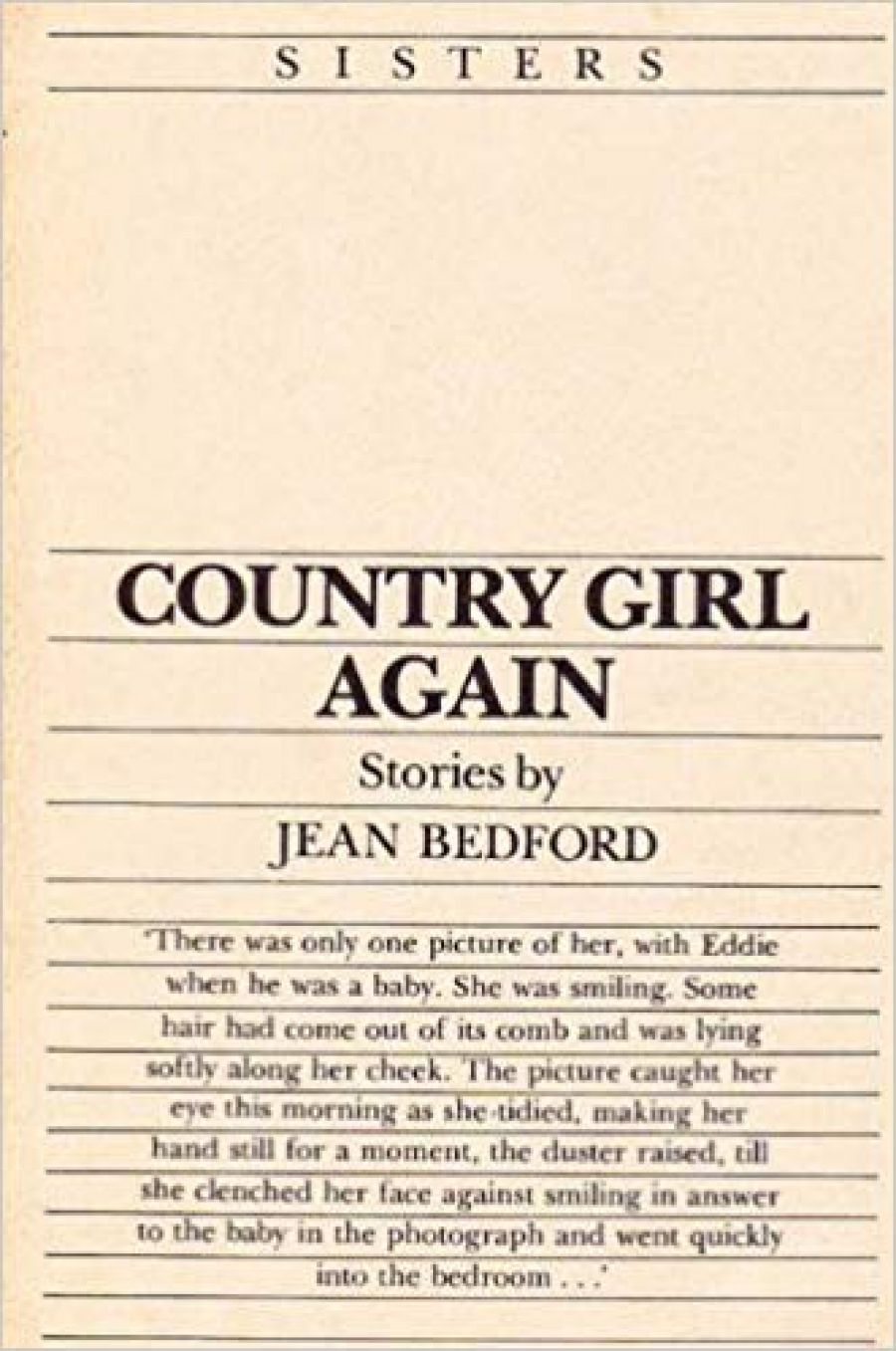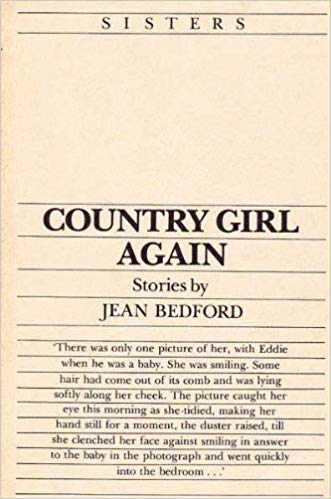
- Free Article: No
- Contents Category: Fiction
- Review Article: Yes
- Article Title: Brutality in the Outback
- Online Only: No
- Custom Highlight Text:
The name of this collection, with its pastoral associations, is ironic. Here we have no neat opposition between the country and the city; instead the lyrical evocation of the countryside serves merely to emphasise the brutality that women suffer there as men exercise their economic power through sexual cruelty. This is particularly obvious in the first six stories, set in the previous generation, which lead up to the experience of the central character, Anne. Bella, for instance, of the story ‘Isabella’, has degenerated under the tyranny of her father from the proud Edwardian beauty in the parlour photographs to a ‘lazy fat slag’ (his words). Her ‘lair’ is a rural slum, her brain a swamp into which every scandal scarcely percolates: ‘… the pinpoint gleams of interest receding into the sluggish brain where she will mumble at the information for the rest of the day.’ Her death from gangrene parallels her mental decay. Mrs Scarr of ‘That Woman’, let down by her ‘gutless’ lover Lennie – ‘Usually he climbed through the rough orchard just after lunch and came to her back door red in the face and breathing hard. Today he came late …’ – must now find a new home for herself and her children. The child Danuta of ‘A Bad Influence’, pregnant at ten, having been exploited by all her male relatives – uncles, fathers, brothers – mimes her nocturnal experience to her school friend:
- Book 1 Title: Country Girl Again and Other Stories
- Book 1 Biblio: McPhee Gribble/Penguin, $6.95, 105pp
- Book 1 Cover Small (400 x 600):

- Book 1 Cover (800 x 1200):

‘If I’m lying in bed with just my nightie on they come and lift it up.’ She made a gesture, with her forefinger and thumb, of someone delicately lifting the hem, a gesture of great lasciviousness …
Meanwhile the gently brought-up Irma of the story ‘Queen Irma’, slipping into insanity, barely tolerated by her ‘partner’ and constantly threatened with the asylum, must buy her place:
Only at night sometimes does his voice become, if not friendly then at least neutral when he calls ‘Eh, you, woman. Will you come here?’ Then she submits as she has always submitted to the act which buys her place here, her right to live with him and cook his meals and call him her husband. (He has even allowed her to change her name by deed poll.)
To the woman of the older generation sexual oppression is overt and brutal, accepted and intensified by her own sense of unworthiness and guilt. Of Irma, once again, Bedford writes:
… her control slips and she is flooded with horror at the fact, the awful fact, that she lives in sin, that this is what living in sin means. Then her powdery face flushes dark and she trembles and her bowels feel watery as if her father was about to give her one of his terrible whippings.
For the sexually liberated Anne, the problem is shown to be less overt but quite as acute. For her there is the conflict between the desire to be protected by a man (‘men eat up the women they look after’) and the longing for a freedom which is desperately hard to handle. The modern woman is caught, it seems, between her own sexuality (‘the hormonal trap’) and the need to simply ‘not to be humiliated by her men’.
In these stories Bedford sets up a series of intolerable tensions which cast an ironic light on what it is and has been to be a women in this particular country. This would be simply a documentary of feminine oppression were it not for the skill with which these stories are crafted. They are beautifully written, cool, and ironic, with an impersonality of utterance which serves to highlight the cruelty of the experience they deal with. What comes across most vividly is the psychology of female disintegration as the narrator enters the minds of characters such as Bella, Irma, and Anne. Though each story may be read as a self-contained unit the discontinuous narrative – the comparison with Moorhouse is irresistible – gives a unity, and an accretion of power, to the whole. The first nine stories were published as Country Girl Again by Sisters Publishing in 1979. The four additional stories in this volume complement the original while maintaining its high standard.


Comments powered by CComment